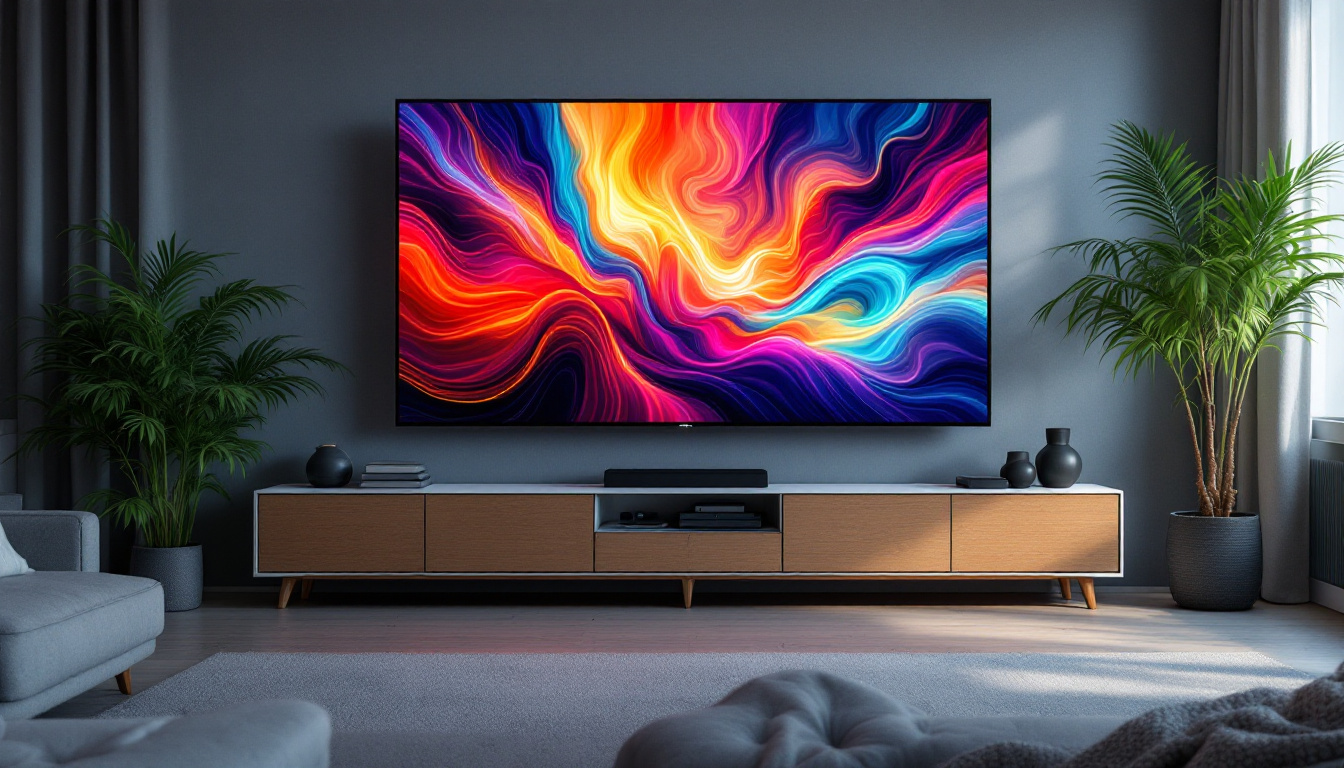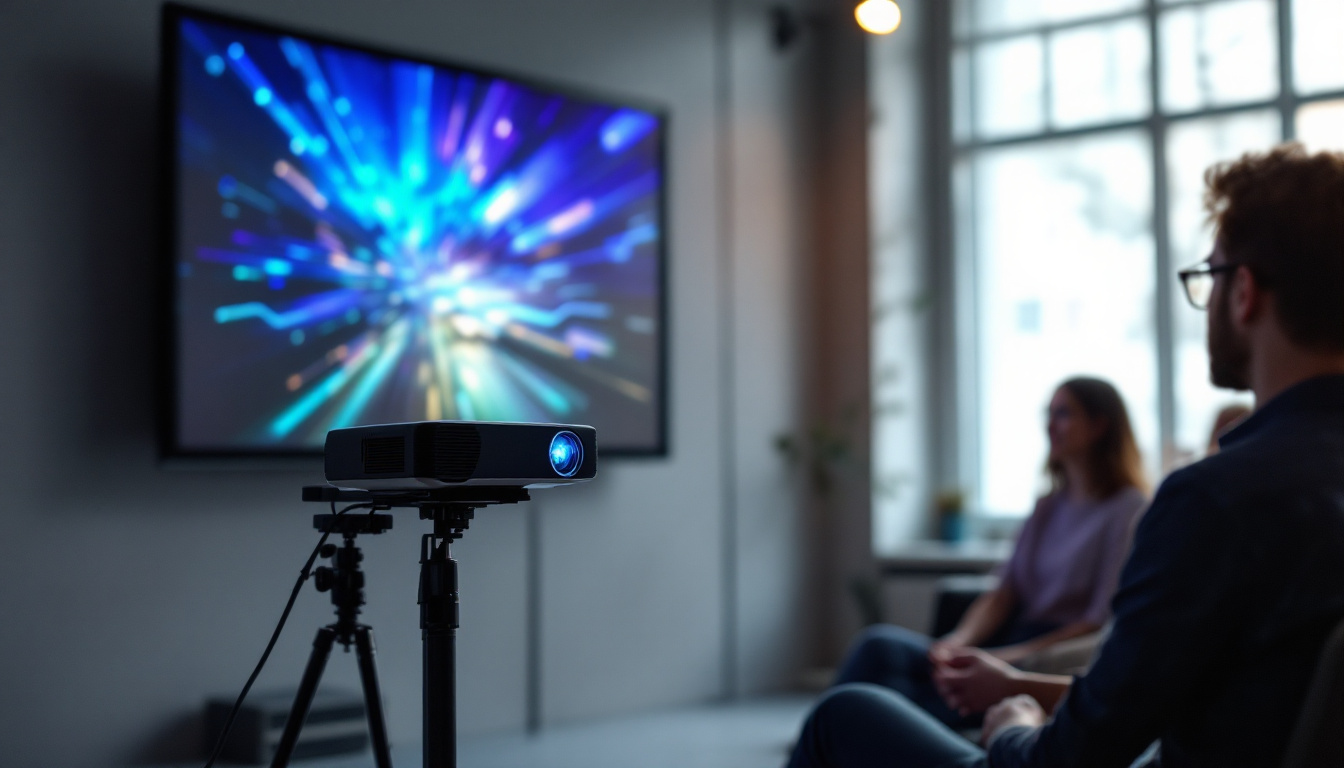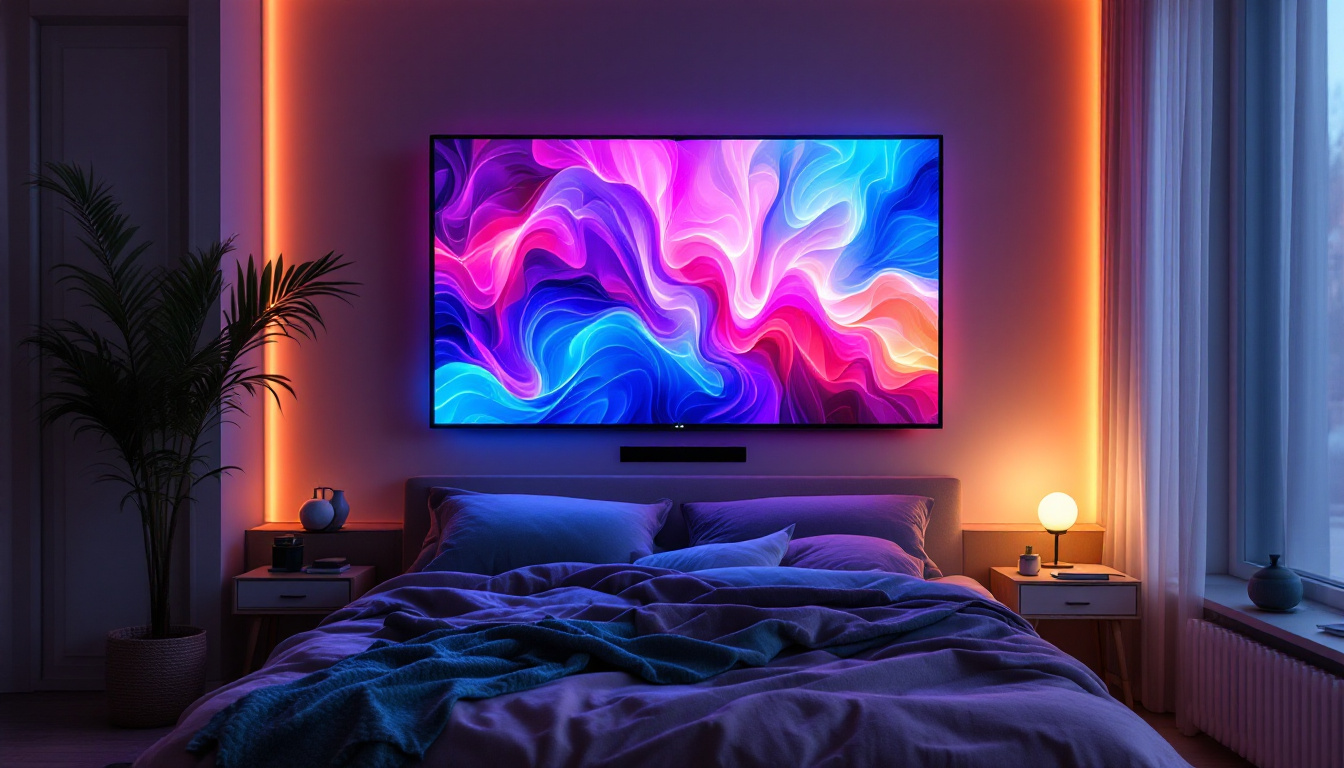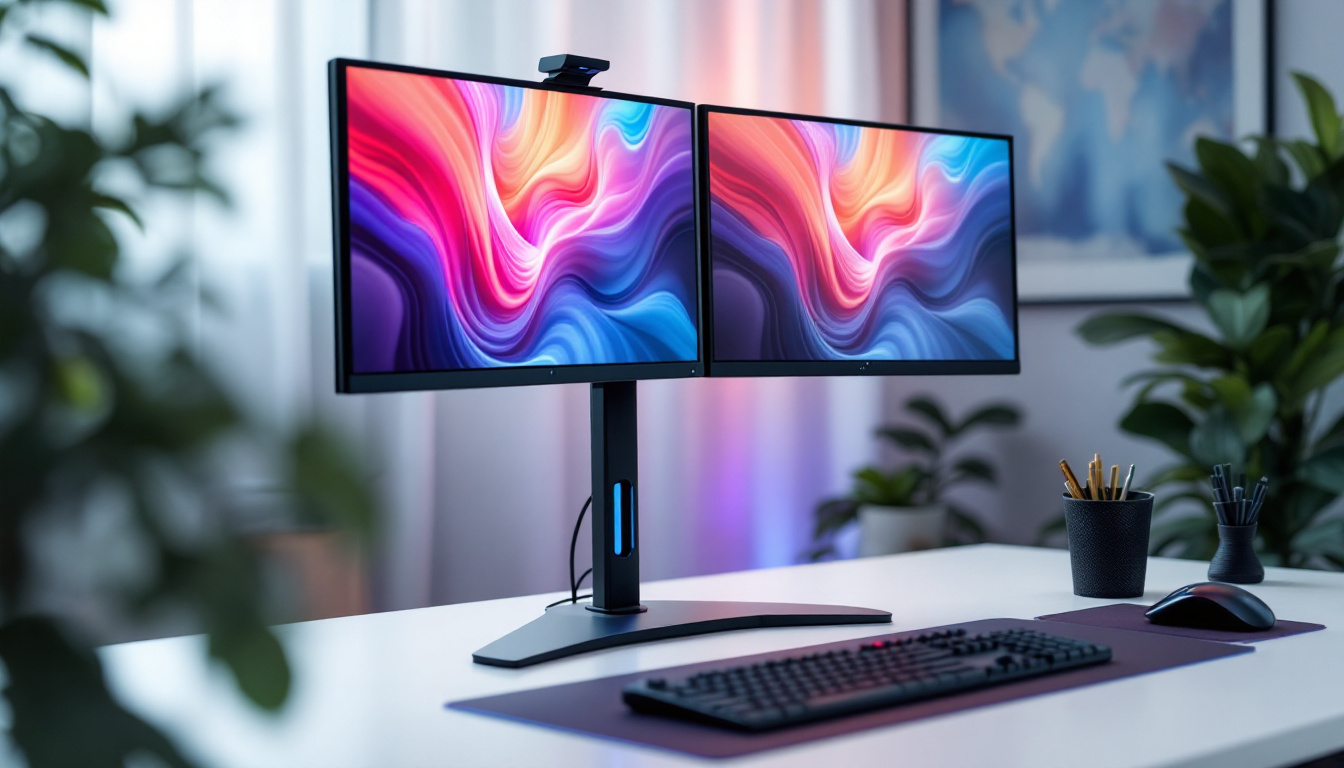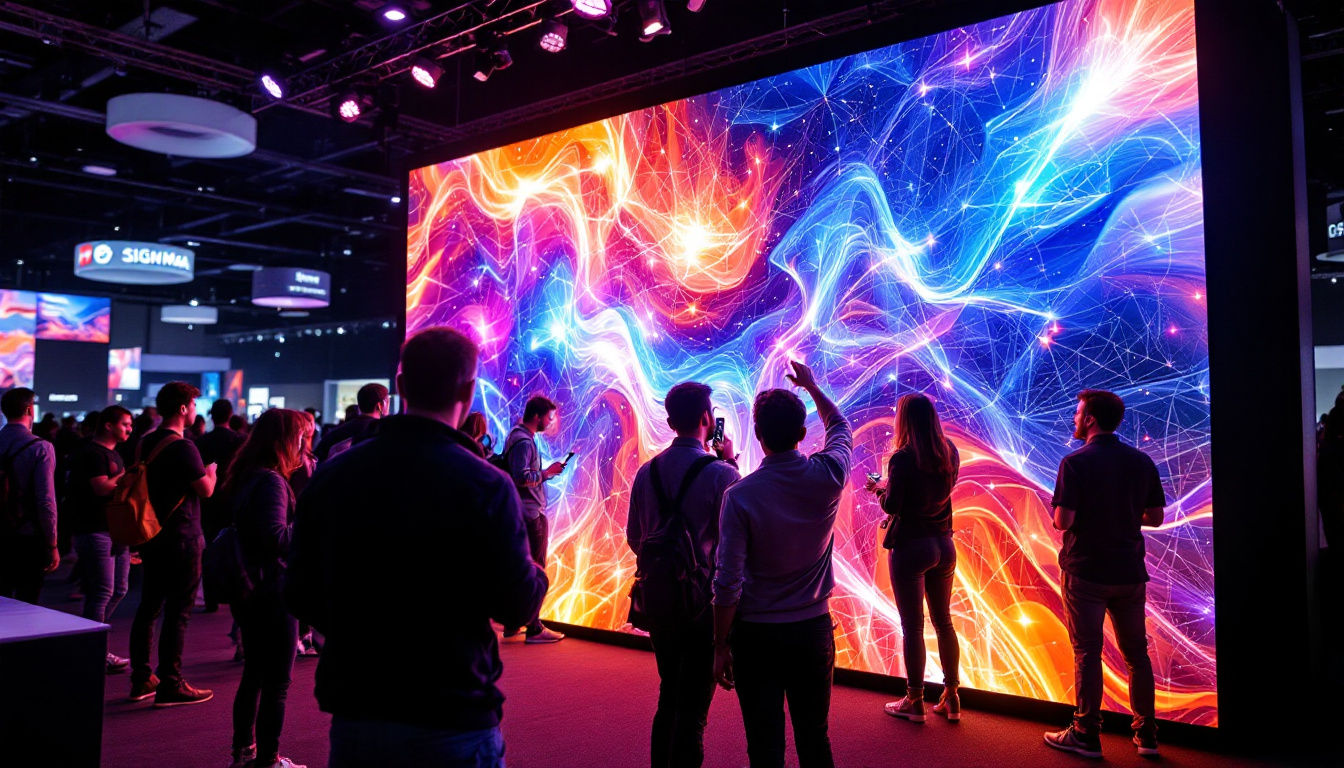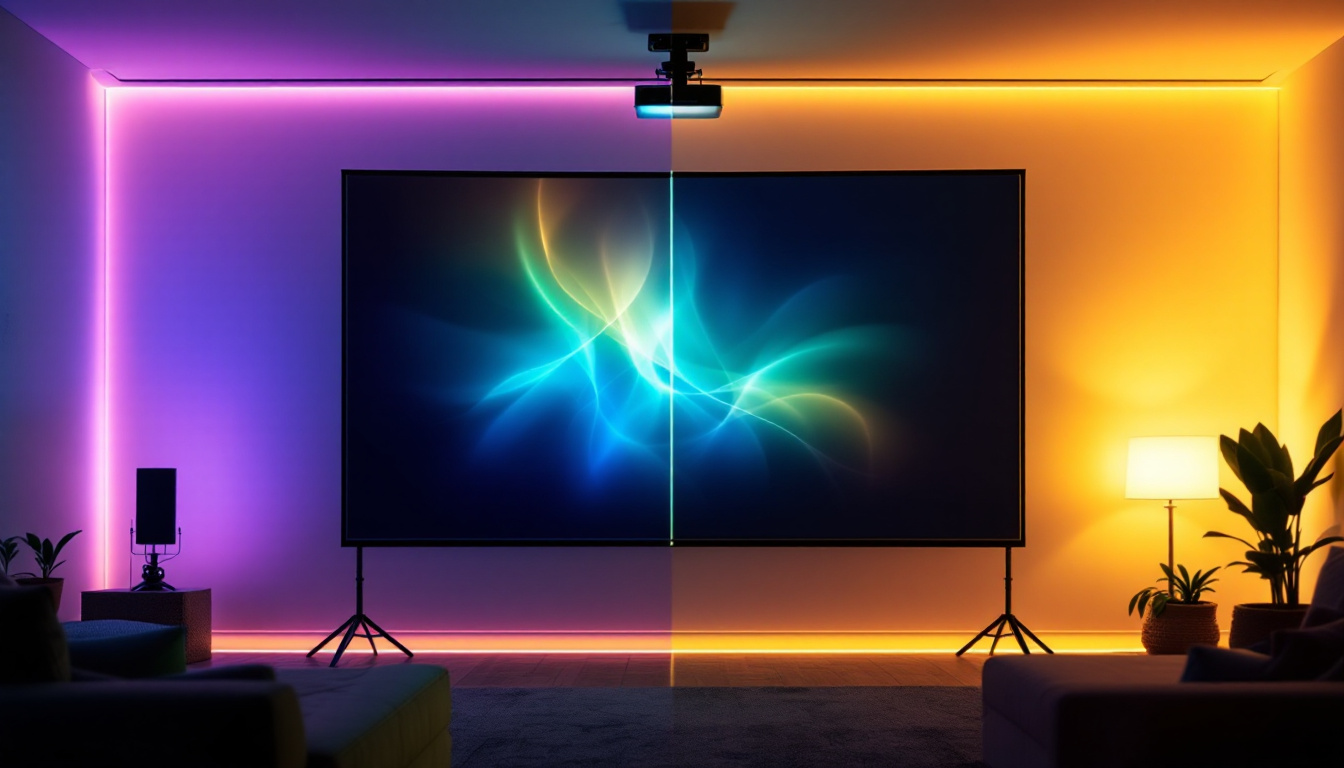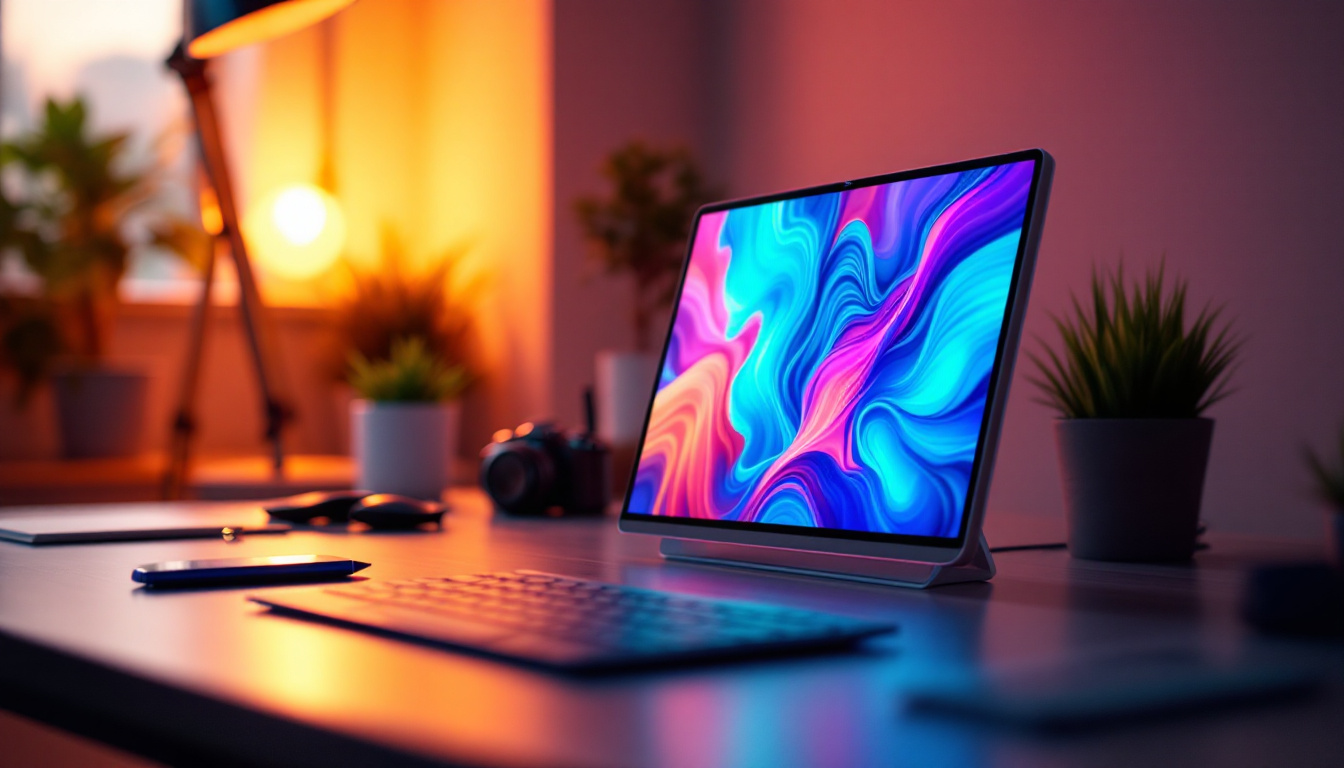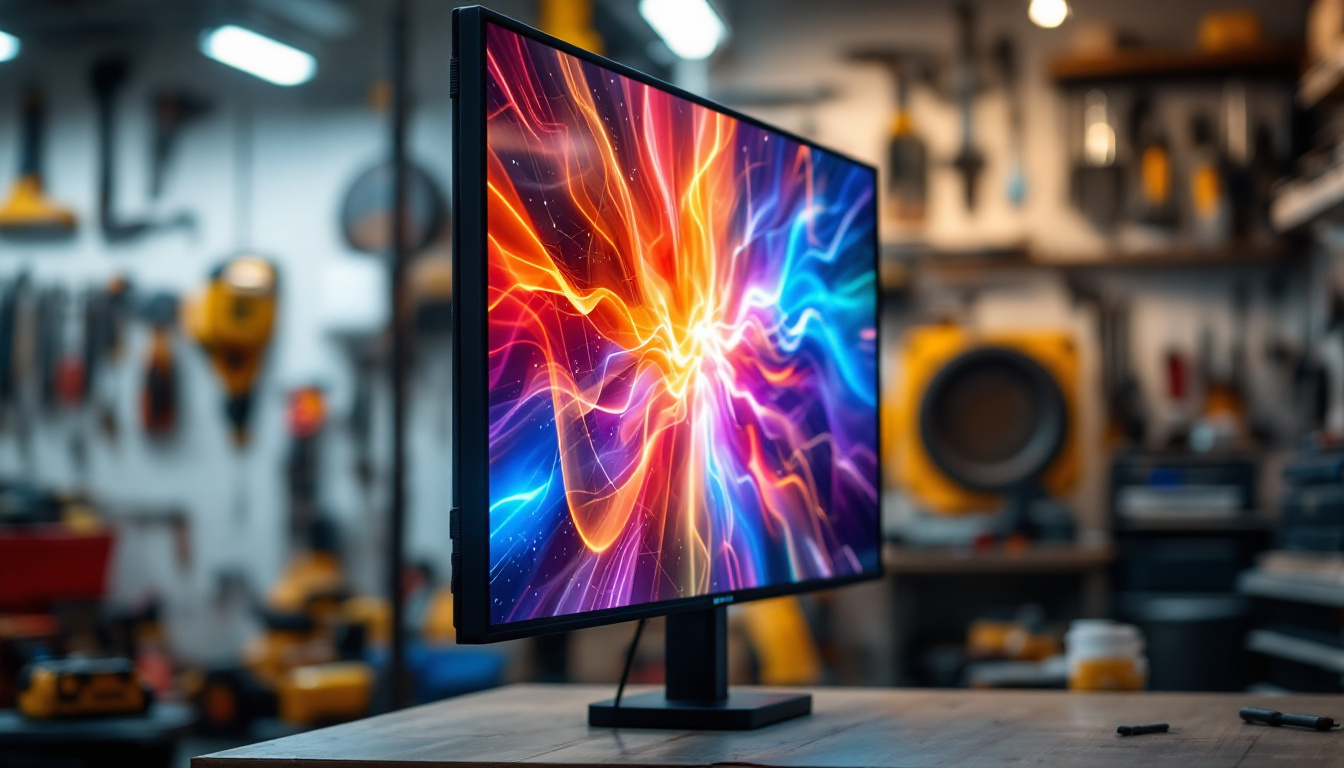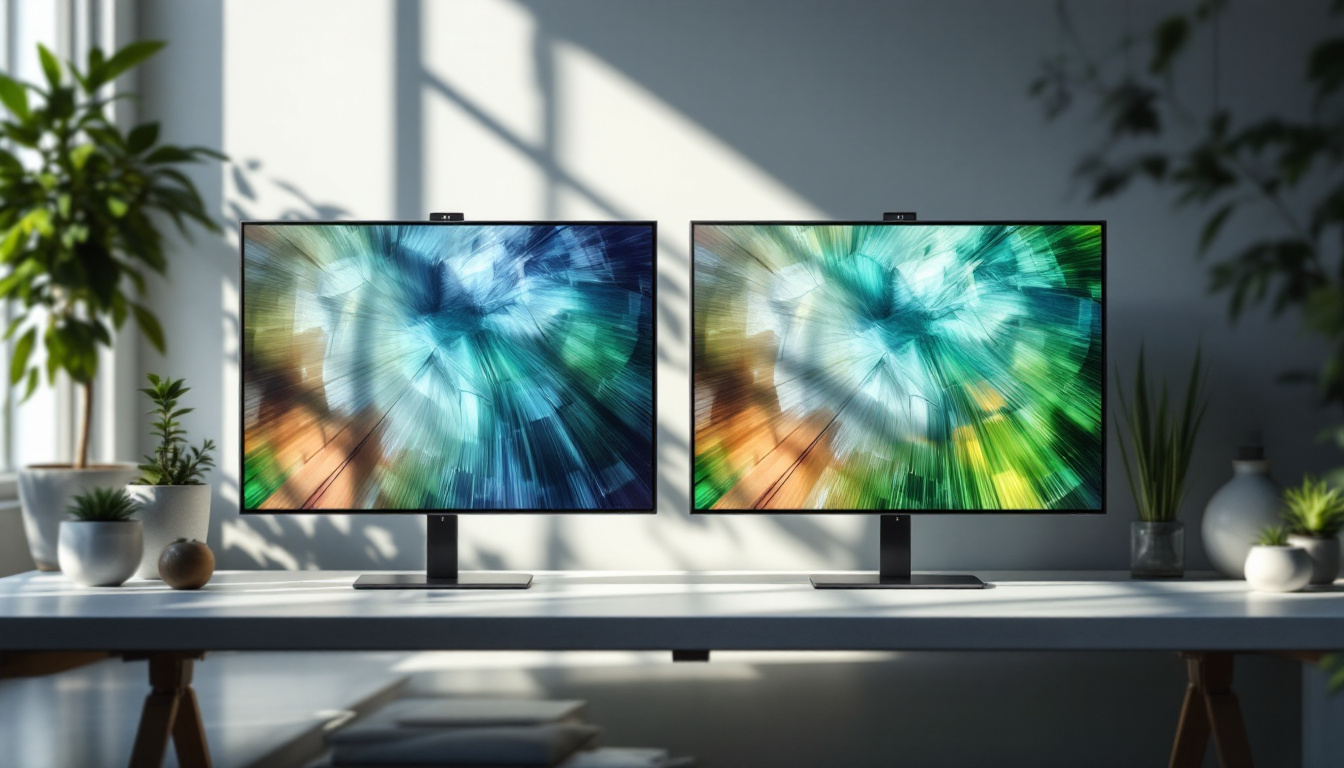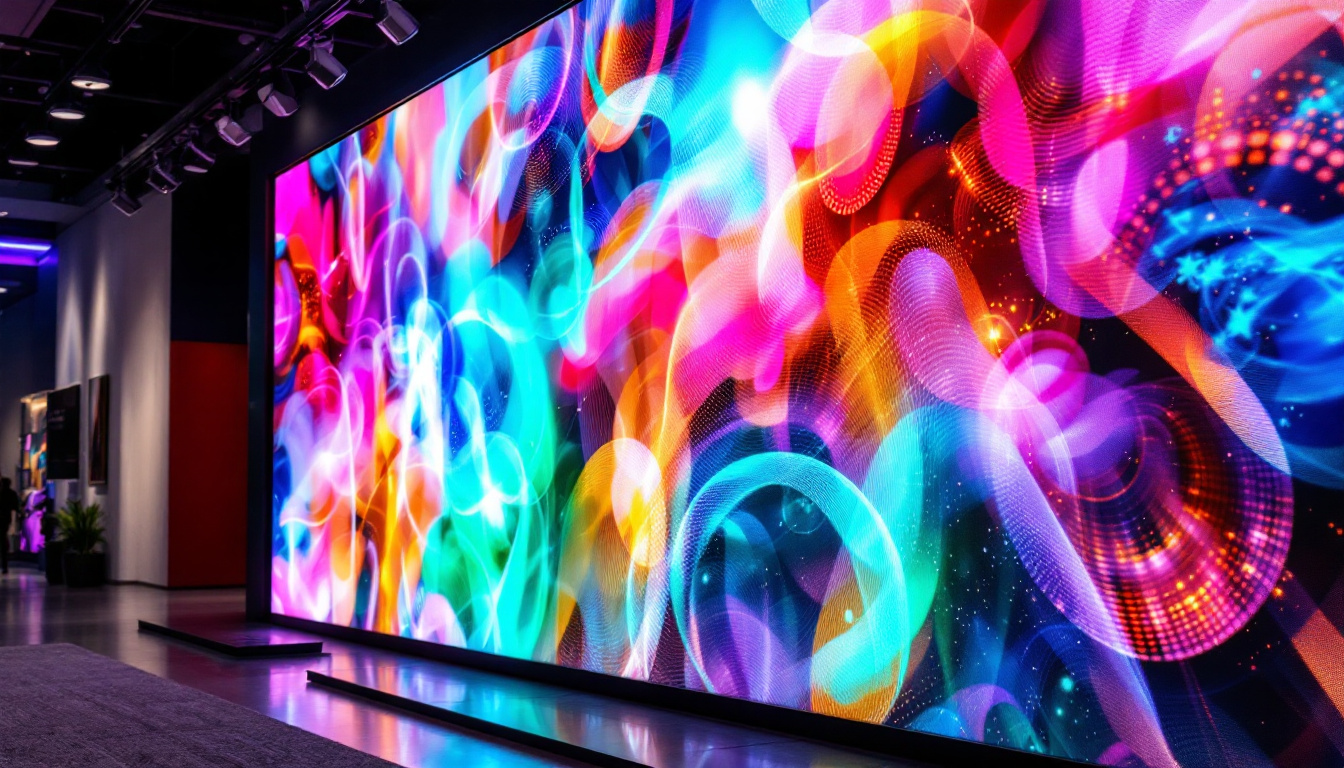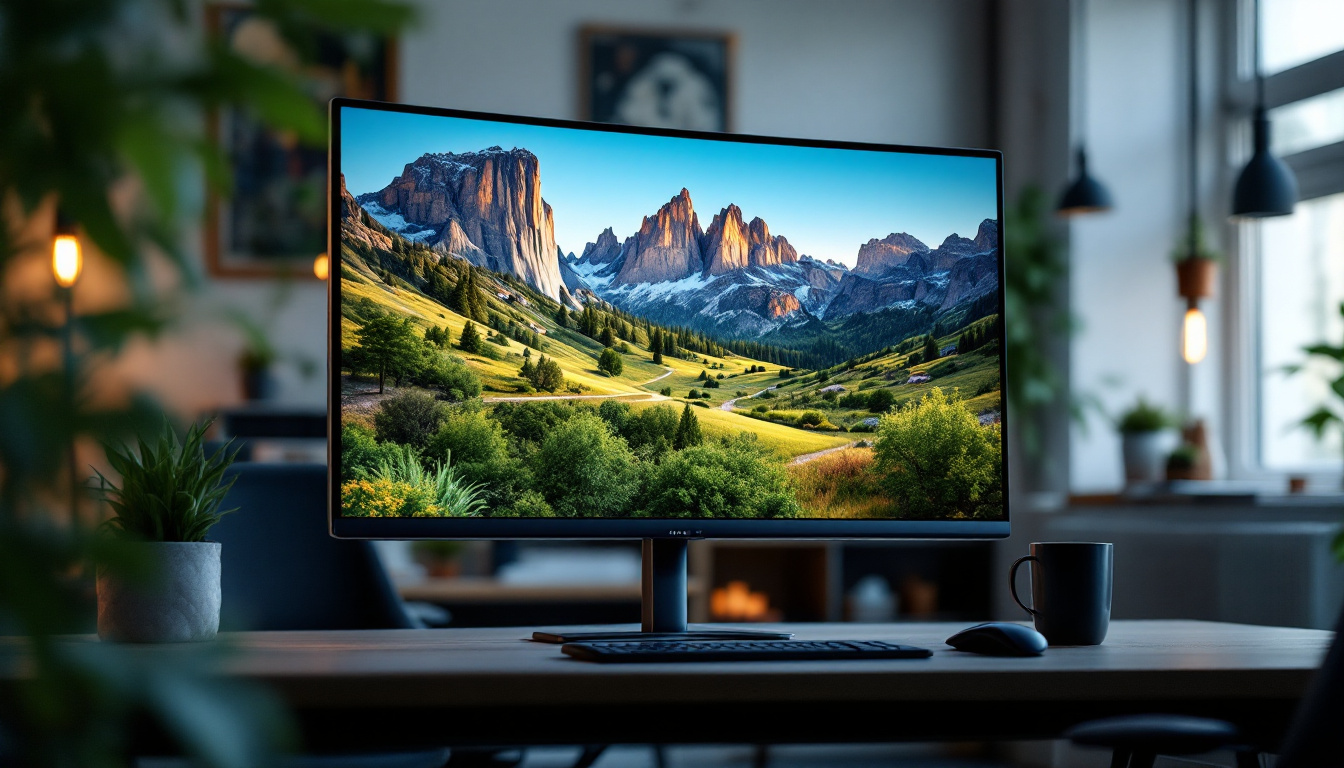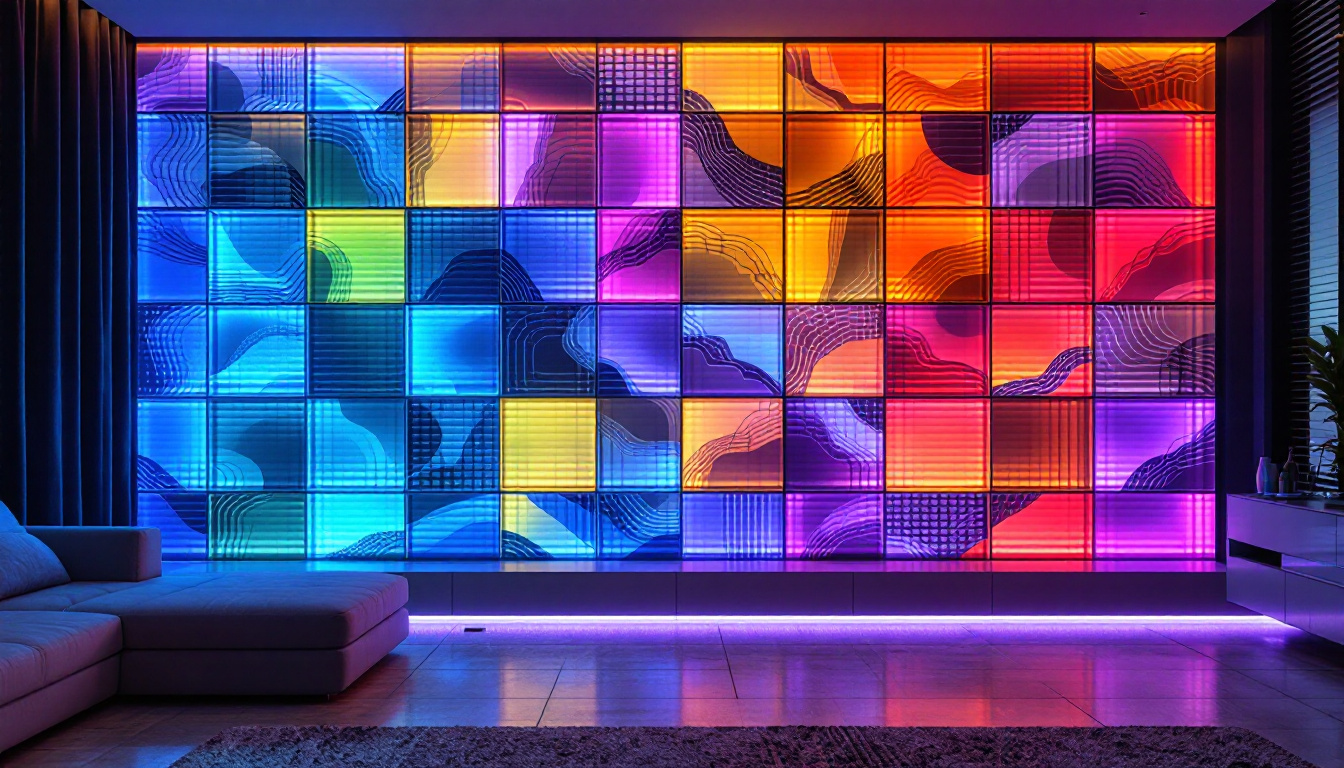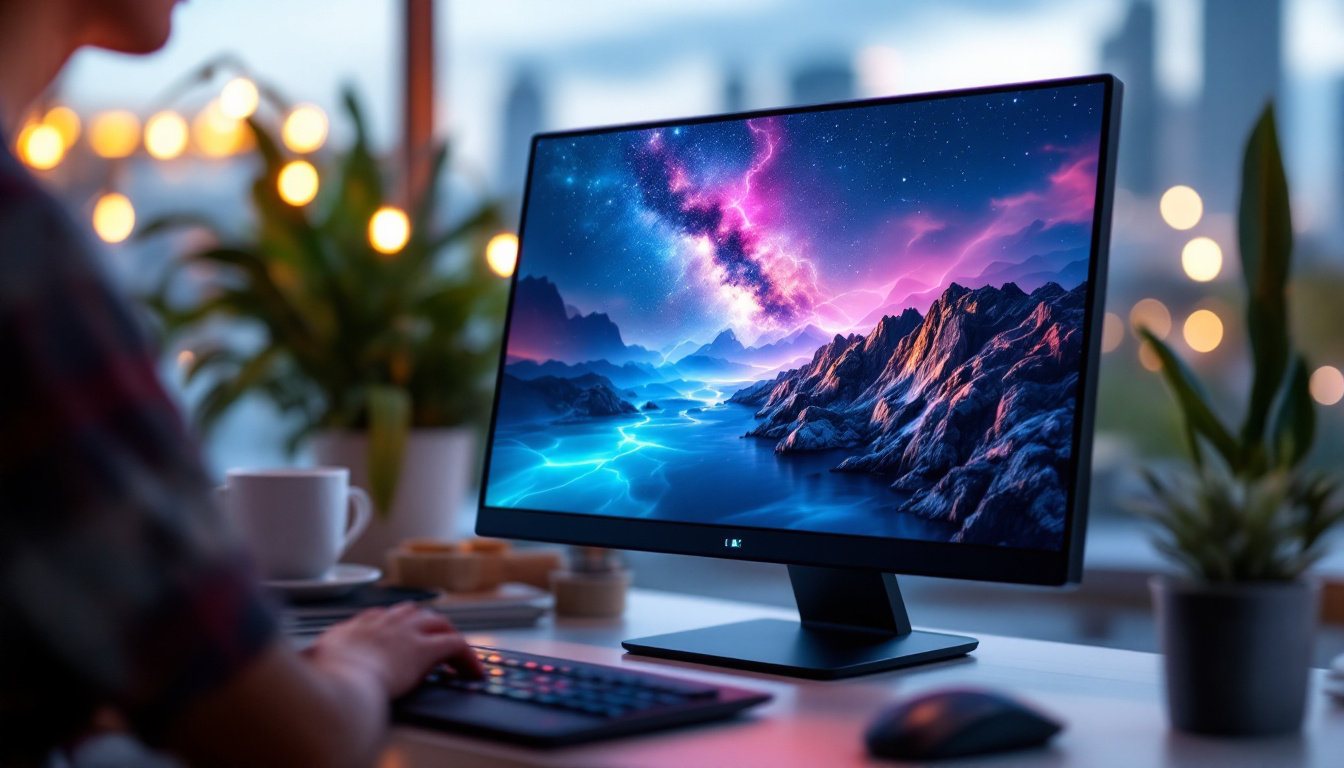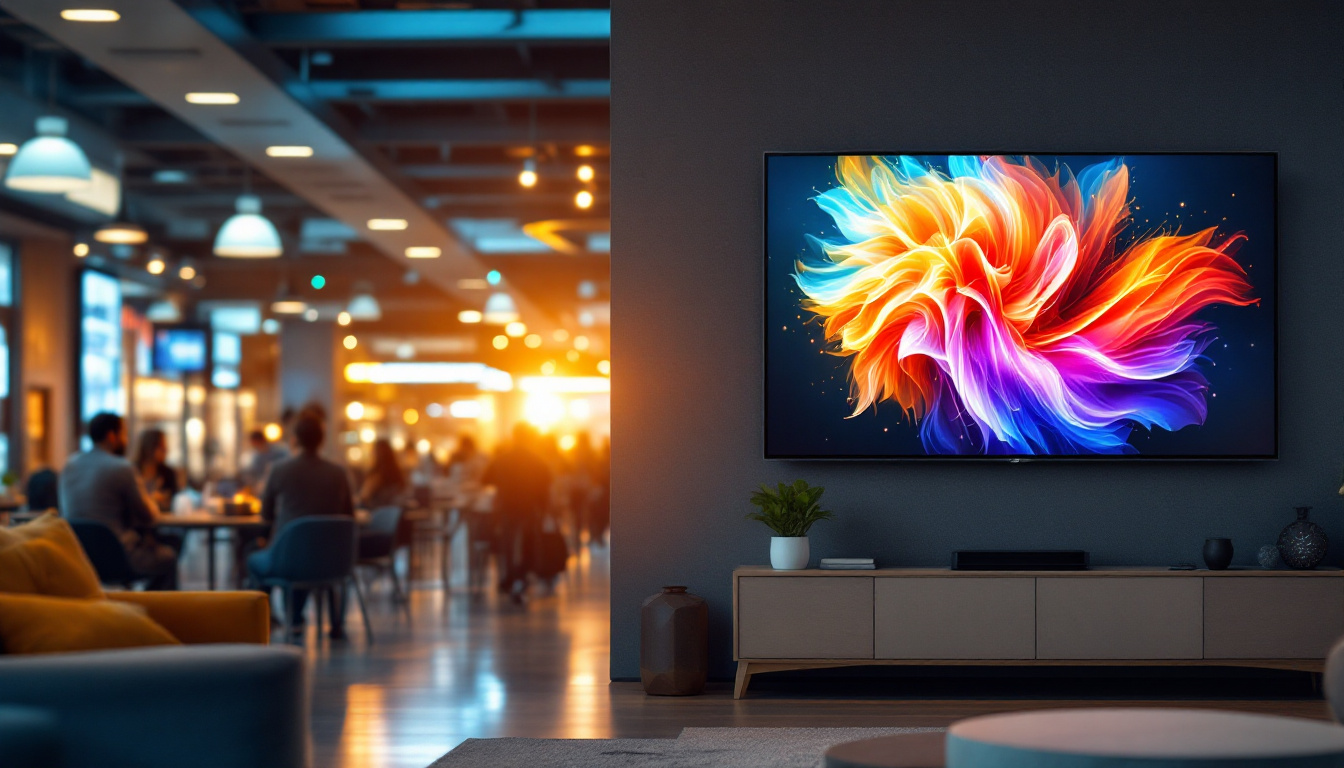In the age of digital entertainment, understanding the specifications of television displays is crucial for consumers. As technology evolves, so do the options available in the market. Among these, LED displays have gained significant popularity due to their superior picture quality, energy efficiency, and sleek designs. This article delves into the intricacies of LED displays, focusing on how to calculate their dimensions effectively using a television dimension calculator.
Understanding LED Displays
LED, or Light Emitting Diode, technology has revolutionized the way images are displayed on screens. Unlike traditional LCD screens that use fluorescent backlighting, LED displays utilize tiny diodes that emit light, resulting in brighter images, deeper blacks, and a wider color gamut. This section explores the fundamental aspects of LED technology and its advantages over other display types.
How LED Displays Work
LED displays consist of an array of diodes that produce light when an electric current passes through them. These diodes are arranged in clusters, allowing for precise control over brightness and color. The two primary types of LED displays are:
- Edge-lit LED: In this configuration, LEDs are placed around the edges of the screen, with light directed toward the center. This design is often thinner and more energy-efficient.
- Backlit LED: This type features a full array of LEDs behind the screen, providing more uniform lighting and better contrast, especially in dark scenes.
The result is a display that not only offers vibrant colors but also enhances the viewing experience by reducing motion blur and improving refresh rates. With advancements in technology, features like local dimming and HDR (High Dynamic Range) further enhance the performance of LED displays. Local dimming allows specific areas of the screen to dim or brighten independently, which significantly improves contrast and detail in dark scenes, while HDR expands the range of colors and brightness levels, making images appear more lifelike.
Benefits of LED Displays
LED displays are favored for several reasons:
- Energy Efficiency: LED displays consume less power compared to traditional LCDs and CRTs, making them an environmentally friendly choice.
- Longevity: LEDs have a longer lifespan, often exceeding 50,000 hours, which means less frequent replacements.
- Picture Quality: With better contrast ratios and color accuracy, LED displays provide an immersive viewing experience.
These advantages have made LED displays the preferred choice for a wide range of applications, from home entertainment systems to professional displays in businesses. Additionally, the versatility of LED technology allows for innovative designs, such as flexible LED screens that can be curved or shaped to fit unique spaces. This adaptability has led to their increasing use in creative installations, such as digital signage in retail environments and large-scale video walls for events, where eye-catching visuals are essential for capturing audience attention.
Furthermore, the rapid evolution of LED technology has paved the way for advancements such as MicroLED and MiniLED displays. MicroLED technology utilizes microscopic LEDs to create individual pixels, resulting in unprecedented levels of brightness and color accuracy, while MiniLED enhances backlighting in traditional LED displays for improved contrast and performance. As these technologies continue to develop, they promise to push the boundaries of display capabilities even further, offering consumers and professionals alike an ever-expanding array of options for their visual needs.
Television Dimensions: Why They Matter
Choosing the right television size is essential for creating an optimal viewing environment. Understanding dimensions helps consumers select a TV that fits their space while providing the best viewing experience. This section highlights the importance of television dimensions and how to calculate them accurately.
Aspect Ratio and Screen Size
The aspect ratio is the ratio of a television’s width to its height. Most modern televisions have an aspect ratio of 16:9, which is ideal for widescreen content. When calculating dimensions, it’s crucial to consider both the screen size and the aspect ratio. The screen size is typically measured diagonally from one corner to the opposite corner.
For example, a 55-inch television has a diagonal measurement of 55 inches. However, the actual width and height will vary based on the aspect ratio. Using the 16:9 ratio, the width and height can be calculated as follows:
- Width = 55 inches × (16/√(16² + 9²)) ≈ 47.94 inches
- Height = 55 inches × (9/√(16² + 9²)) ≈ 26.87 inches
Understanding these dimensions is essential for ensuring that the television fits comfortably in the intended space, whether it’s mounted on a wall or placed on a stand. Additionally, knowing the dimensions allows consumers to consider the aesthetics of their room. A TV that is too large can overwhelm a small space, while one that is too small may not provide an immersive viewing experience. Therefore, careful consideration of both the size and the layout of the room is key to achieving a harmonious balance.
Viewing Distance
Another critical factor in selecting the right television size is the viewing distance. The ideal distance between the viewer and the screen can enhance the overall experience. A general guideline is to multiply the screen size by a factor of 1.5 to 2.5. For instance, for a 55-inch TV, the recommended viewing distance would range from approximately 6.9 feet (1.5 × 55) to 11.5 feet (2.5 × 55).
Calculating the appropriate viewing distance ensures that viewers can appreciate the detail and clarity of the display without straining their eyes. This consideration is particularly important for larger screens, where sitting too close can lead to discomfort. Furthermore, different types of content may influence the ideal viewing distance; for example, watching high-definition movies may allow for closer viewing compared to standard definition broadcasts. This variability emphasizes the need for flexibility in arranging seating to optimize the viewing experience based on the content being consumed.
Moreover, the layout of the room can also play a significant role in determining the best viewing distance. Factors such as the arrangement of furniture, the height of the TV, and the ambient lighting can all impact how comfortable and enjoyable the viewing experience is. For instance, if the TV is mounted too high, it may require viewers to strain their necks, while a well-placed TV at eye level can create a more inviting atmosphere. Therefore, taking the time to assess the entire viewing environment is just as crucial as selecting the right television size and distance.
Using a Television Dimension Calculator
With the importance of dimensions established, utilizing a television dimension calculator can streamline the process of selecting the right TV size for a given space. These calculators take into account various factors, including screen size, aspect ratio, and viewing distance, to provide tailored recommendations.
How to Use the Calculator
Using a television dimension calculator is straightforward. Here’s a step-by-step guide:
- Input the Screen Size: Enter the diagonal screen size of the television you are considering.
- Select the Aspect Ratio: Choose the aspect ratio, typically 16:9 for most modern TVs.
- Specify Viewing Distance: Input the distance from where you plan to watch the television.
- Calculate: Click the calculate button to receive the recommended width, height, and viewing distance.
These calculators often provide additional information, such as recommendations for TV sizes based on room dimensions and layout, making them invaluable tools for consumers.
Considerations for Different Room Sizes
When selecting a television, the size of the room plays a significant role. A small room may require a smaller screen to avoid overwhelming the space, while larger rooms can accommodate bigger displays. Here are some considerations based on room size:
- Small Rooms: For rooms under 150 square feet, a TV size between 32 to 50 inches is generally recommended.
- Medium Rooms: Rooms ranging from 150 to 300 square feet can comfortably fit TVs between 50 to 65 inches.
- Large Rooms: For spaces over 300 square feet, consider TVs larger than 65 inches to ensure an immersive experience.
These guidelines help consumers make informed decisions, ensuring that the television complements the room’s aesthetics and functionality.
Common Mistakes to Avoid
When purchasing a television, consumers often make mistakes that can lead to dissatisfaction with their choice. Understanding these pitfalls can help ensure a more satisfying purchase experience. Below are some common mistakes to avoid.
Ignoring Room Layout
One of the most significant errors is neglecting the room layout. A television that looks great in the store may not fit well in a home environment. It’s essential to measure the space where the TV will be placed and consider factors such as furniture arrangement and wall space. Taking these measurements into account can prevent the need for returns or exchanges.
Focusing Solely on Price
While budget is an important factor, focusing solely on price can lead to compromises on quality. It’s essential to balance cost with features and performance. Investing in a slightly more expensive model may provide better longevity and picture quality, ultimately enhancing the viewing experience.
Overlooking Connectivity Options
In today’s digital age, connectivity options are crucial. Many consumers overlook the importance of HDMI ports, USB connections, and smart TV capabilities. Ensuring that the television has enough ports for gaming consoles, streaming devices, and other peripherals can prevent frustration down the line.
Additionally, considering future-proofing options, such as support for the latest HDMI standards, can enhance the television’s usability for years to come.
Conclusion
Understanding LED displays and how to calculate television dimensions is essential for making informed purchasing decisions. By utilizing a television dimension calculator, consumers can ensure that they select the right size for their space, enhancing their overall viewing experience. Avoiding common mistakes and considering factors such as room layout, price, and connectivity options will lead to a more satisfying purchase.
As technology continues to evolve, staying informed about the latest advancements in LED displays and their specifications will empower consumers to make choices that best suit their needs. Whether for a cozy living room or a spacious entertainment area, the right television can transform the way content is enjoyed, making it a worthwhile investment.
Discover Your Perfect LED Display with LumenMatrix
Ready to elevate your viewing experience with a television that fits your space perfectly? LumenMatrix is at the forefront of LED display innovation, offering a wide array of solutions tailored to meet your needs. From immersive Indoor LED Wall Displays to dynamic Outdoor LED Wall Displays, and from versatile Vehicle LED Displays to sleek LED Poster Displays, we have everything you need to create a captivating visual experience. Embrace the future of visual communication with our LED Sports Displays, Floor LED Displays, Custom LED Displays, All-in-One LED Displays, and LED Transparent Displays. Don’t just watch—immerse yourself in the world of vibrant visuals and clear messaging. Check out LumenMatrix LED Display Solutions today and transform your space into a hub of engagement and entertainment.

